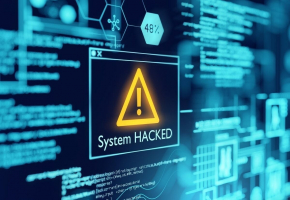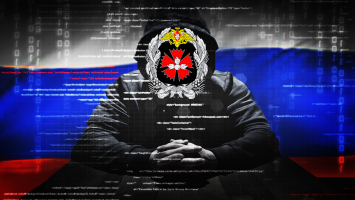Top 10 Notorious Cyber Attacks
An important turning point in contemporary history was the invention of the Internet. It was the ideal instrument for the modern, increasingly interconnected ... read more...society that has now become a basic necessity akin to food. These top 10 cyberattacks in history show that, despite the greatest efforts of international law enforcement and cyber security organizations, they only continue to increase in frequency and sophistication over time.
-
Mt Gox, a bitcoin exchange based in Japan, was the biggest bitcoin exchange in the world at the start of 2014, handling more than 70% of all bitcoin transactions globally. It went insolvent at the end of February of that year.
Anyone who used Mt. Gox lost access to their assets, and the incident serves as a warning to cryptocurrency investors. Although not all of the assets were lost, those that were having been frozen for many years. Though things appear to be improving at the moment, there are still many unanswered questions. Let's first examine how we arrived here before discussing how a remedy might be in the works.Mt. Gox was the target of a significant attack and lost about 740,000 bitcoins (6% of all bitcoins in existence at the time), which were worth approximately $3 billion at the time and €460 million at the time (at the time of the hack). The company's bank accounts were short an extra $27 million. Even though 200,000 bitcoins were eventually found, the other 650,000 were never found.
- Year: 2014
- Damage: $3 billion at the time and €460 million at the time

https://uk.news.yahoo.com 
http://esdnews.com.au -
One of the biggest payment processors in the US, Global Payments, is the parent company of Heartland Payment Systems. Heartland Payment Systems experienced a significant data breach in 2008/2009 at the hands of two Russian hackers who infected their systems with malware and took advantage of SQL flaws. Heartland was significantly affected by the scandal, and as a result, they took cybersecurity seriously and put numerous security measures in place. But they became a little overconfident.
When its payment system was breached and tens of millions of customers' sensitive information, including credit card information, was compromised, it was the target of what is now regarded as one of the most serious security exposures in history. The actual number might have been far higher as well because we are still unsure of the attack's precise scope.
One Albert Gonzales was blamed for the hack since he was later given a 20-year prison term. But it was too late; the harm had already been done. The corporation would have to pay approximately $140 million in damages as a result of the hack, in addition to $63.5 million in settlements with Visa and American Express and an additional $26 million in legal costs.
- Year: 2008/2009
- Damage: 10 millions of customers' sensitive information was compromised
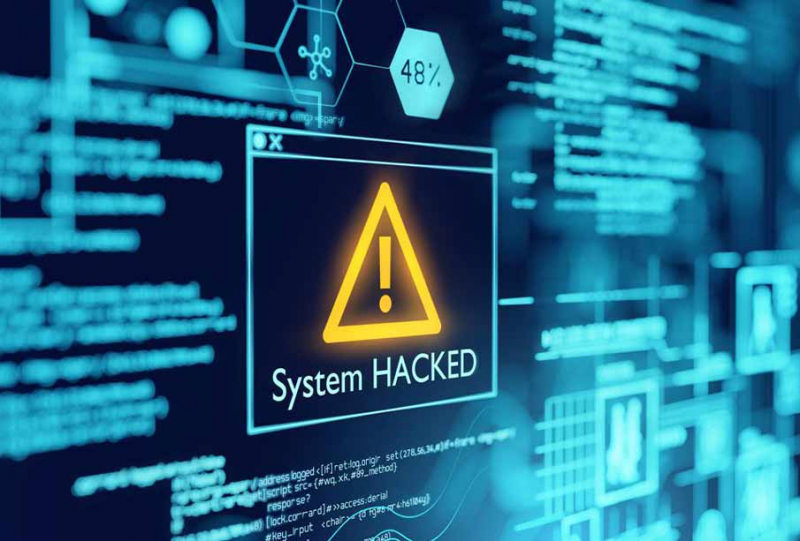
https://starvisionnews.com/ 
http://www.huffingtonpost.ca/ - Year: 2008/2009
-
Attacks known as distributed denial of service, or DDoS, aim to prevent consumers from accessing a certain online service. It may be as simple as adding memes to a popular website, or it could be as serious as denying security personnel access to their nation's military facilities. Fortunately, no attempt at that magnitude has been made yet, although DDoS attacks are undoubtedly becoming more severe and sophisticated with time.
An important Internet domain name service called Dyn was the victim of the greatest DDoS attack ever. Similar to a phonebook for the Internet, it works behind the scenes to link IP addresses to domain names and other locators. Media outlets like The New York Times and Wall Street Journal, as well as prominent online businesses like Netflix, Twitter, Spotify, Reddit, CNN, and PayPal, all experienced website crashes as a result of the attack.
Three hackers, Josiah White, Dalton Norman, and Paras Jha, were ultimately found to be responsible for the attack; they all entered guilty pleas in December 2017.- Year: 2016
- Damage: Over 100,000 devices were used in the Dyn attack
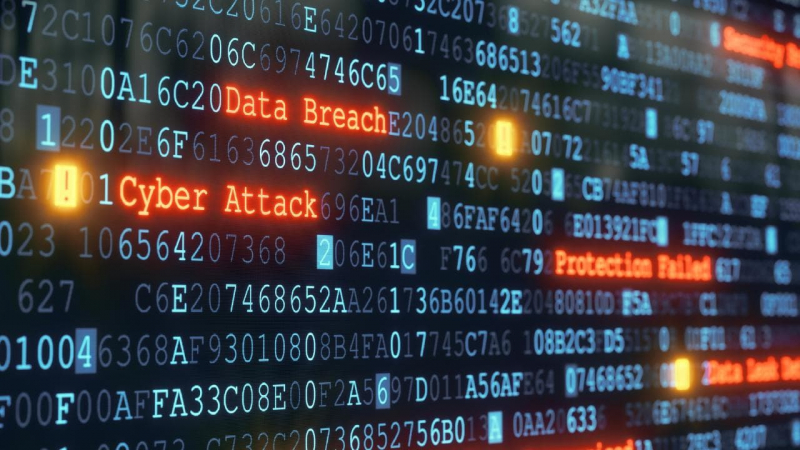
http://www.leadinghealthcare.co.uk/ 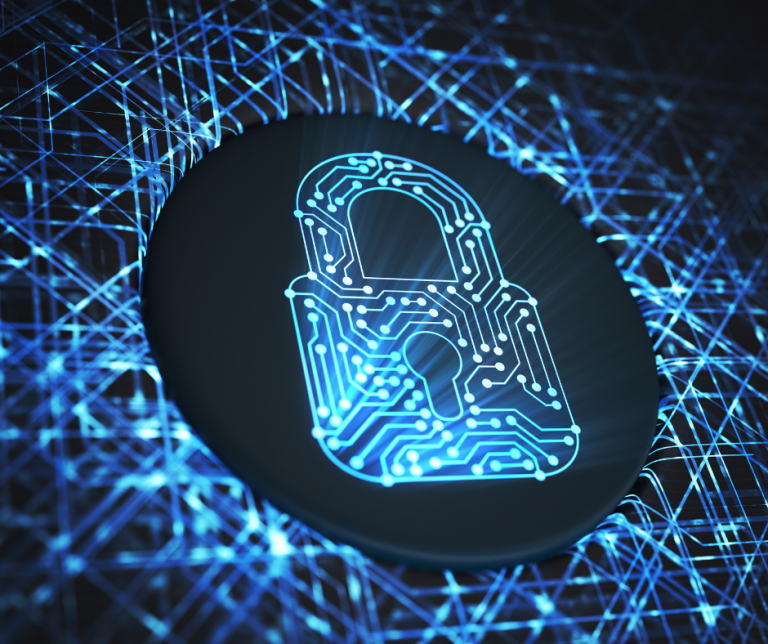
https://www.sutcliffeinsurance.co.uk/ - Year: 2016
-
A significant number of important digital outlets were subjected to a widespread denial-of-service attack in February 2000. It targeted early Internet businesses including Amazon, eBay, Yahoo!, CNN, and Dell, among others. As a result of the successful attack, which showed that they weren't as secure as they claimed to be, it is obvious that it produced quite a panic among investors all across Wall Street.
Actually, that was fairly spectacular, especially considering that a 15-year-old did it. When several university networks were first taken over, it was Quebec, Canada resident and high school student Michael Calce. He then launched the primary attacks using their combined computing power, quickly taking down all of the targeted websites.
It was a high-profile incident because it forced President Clinton to call a meeting on high-level security and garnered extensive media attention for the fast growing problem of cyberattacks. However, the attack itself was only meant to be a flex against rival hacker groups and had no real malicious intent. In the end, Michael was given a term of eight months in a juvenile correctional center.
- Year: 2000
- Damage: a meeting on high-level security
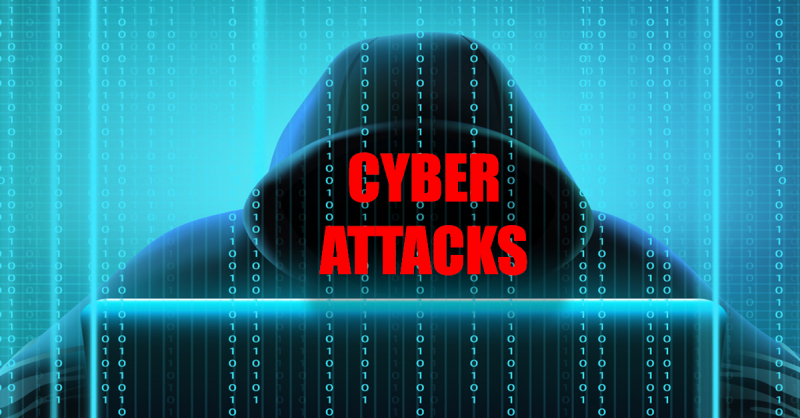
https://colaninfotech.com 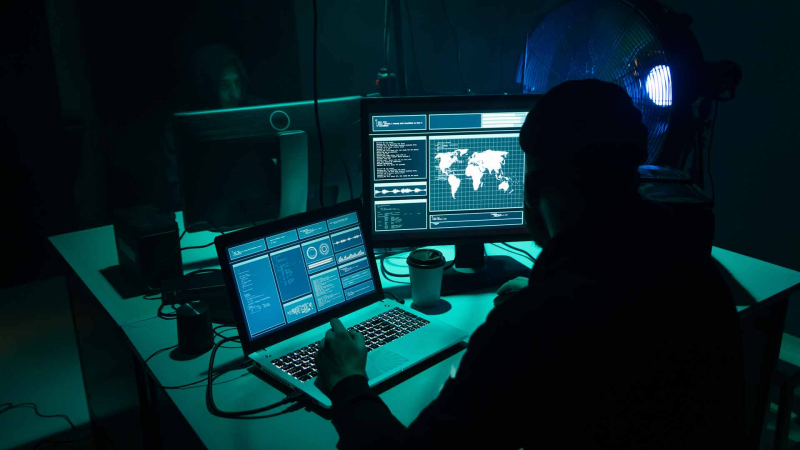
https://highworthcitizen.com/ - Year: 2000
-
In 2011, attacks were made against Sony's PlayStation Network (PSN) and Qriocity services, which are now part of the Sony Entertainment Network. Over 100 million user details, including names, residences, birthdates, usernames, passwords, security questions, and other sensitive data, were stolen by hackers.
Even while Sony denied that it contained credit card information, they nonetheless advised users to assume that their cards had been compromised. Anger over Sony suing an American hacker who tried to reverse-engineer the PlayStation 3 to enable customers to play unofficial third-party games was the driving force behind this attack.
It's undoubtedly one of, if not the largest personal data leak in history, and the perpetrator is still a mystery. Given that one of the biggest US repositories of credit card details is Sony, this incident was also a major PR disaster for the company. Sony's cyber-security system had a comprehensive revamp as a result of the attack, which took more than three weeks to rebuild and restore.
- Year: 2011
- Damage: 100 million user details were stolen
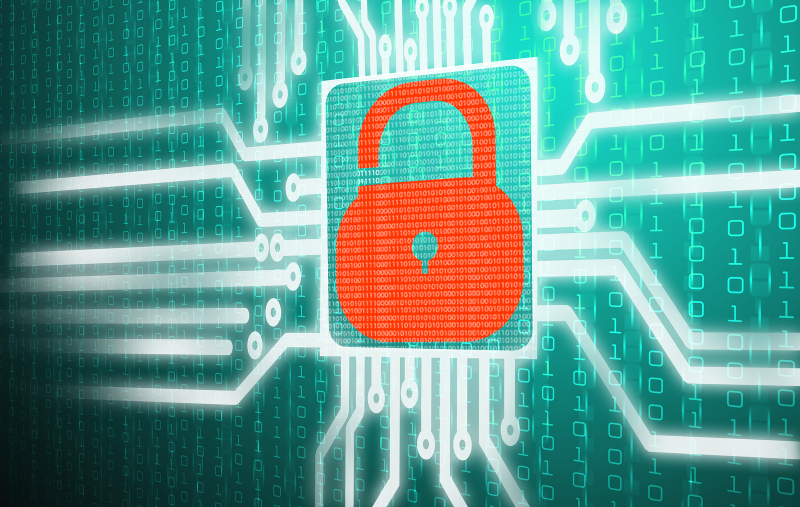
https://tapaccountantslondon.co.uk/ 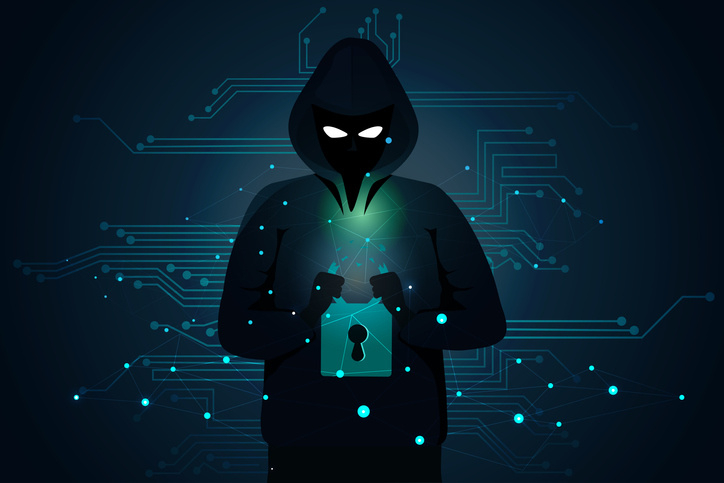
https://www.sussexchamberofcommerce.co.uk/ - Year: 2011
-
In May 2017, the virus aptly called WannaCry affected over 230,000 Microsoft machines globally. It was ransomware, a form of malicious software that locks up your computer and demands payment in cryptocurrencies. In this instance, the virus was able to prevent thousands of people from accessing their personal files and other data while demanding a significant amount of bitcoin. The hackers would then deliver decryption keys to open the files after the transaction was complete.
Although no one hacking organization has claimed responsibility for it to date, it spread to hundreds of thousands of systems before it was even identified as a virus. It was similar to a digital pandemic. Marcus Hutchins, a security researcher, eventually found a killswitch that prevented it from spreading, but many victims who declined to pay the ransom were never able to recover their files. The Taiwan Semiconductor Manufacturing Co Ltd. allegedly came under the same attack in August 2018.
- Year: 2017
- Damage: virus over 230,000 Microsoft machines globally
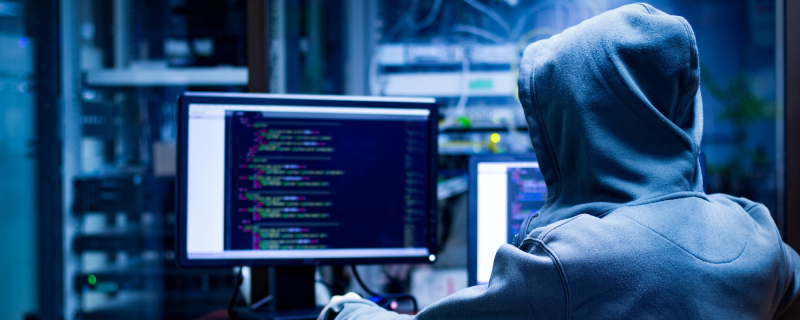
http://www.unimutual.com/ 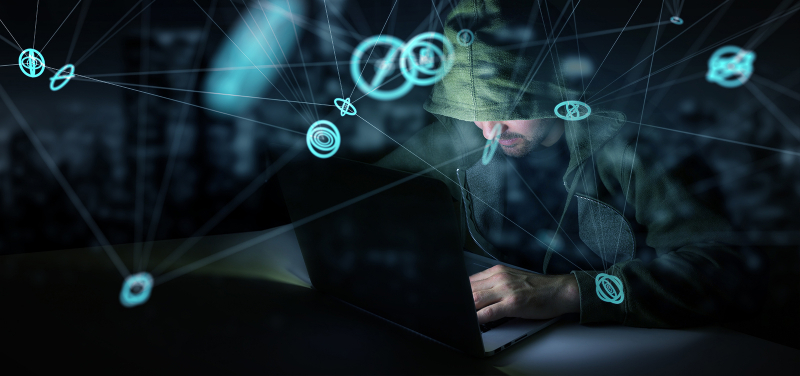
https://www.axcelot.com - Year: 2017
-
What looked to be a sophisticated, large-scale attack against the Department of Defense in February 1998 was operationally known as Solar Sunrise. More than 20 systems were taken over by the attackers, who then utilized them to access private data belonging to organizations including NASA, the US Air Force, MIT, and others. The attacks appeared to be coming from all around the world, and they also obtained hundreds of staff IDs and passwords.
As US forces were poised to bomb Iraq later that year, it was initially believed that the perpetrators were members of the Iraqi intelligence community. It was even referred to as "the most orchestrated and systematic attack the Pentagon has seen to date" by the Deputy Secretary of Defense.
The attackers were revealed to be two teens from California and one from Israel after a thorough investigation involving several intelligence agencies, Internet service providers, and senior military leaders from around the world.
- Year: 1998
- Damage: large-scale attack against the Department of Defense
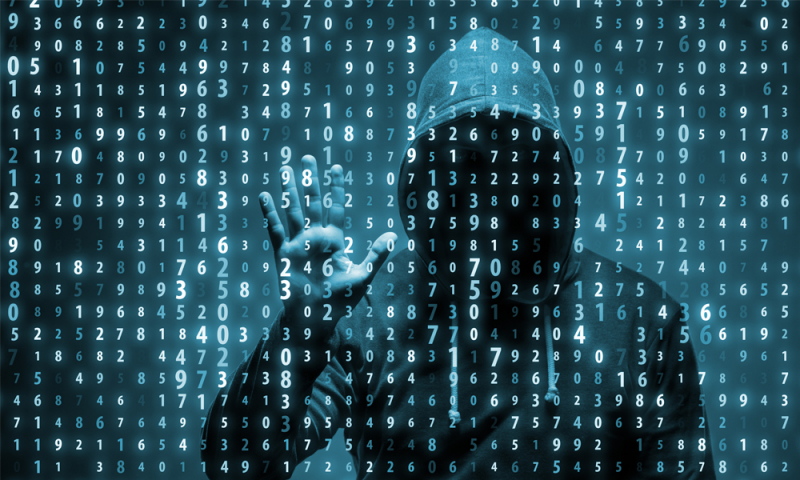
https://www.cybersecurity-insiders.com 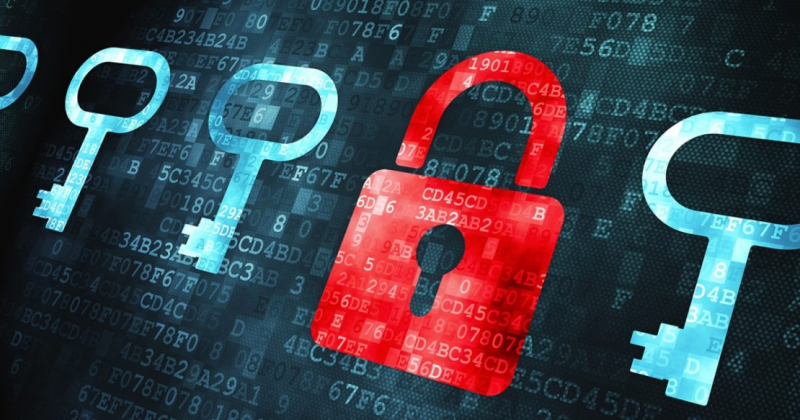
https://mtvoip.com/ - Year: 1998
-
In 1990, Los Angeles' KIIS-FM was a well-liked radio station known for its weekly contest, "Win a Porsche by Friday." Being the 102nd caller was all that was required to win the prize, a Porsche 944 S2. People in LA would use auto-dialers and other ploys to try to win contests that were only run on landlines during the heyday of those in America.
It may sound like a safe system, but that wasn't the case—at least not in 1990, when computers were still in their relative infancy. Kevin Poulsen, a 24-year-old college dropout, and a handful of his buddies hacked and jammed all 25 phone lines of the radio station on June 1, 1999, making him the 102nd caller. They waited until the 101st call before starting their attack. Although he did receive the automobile, law enforcement officials quickly learned about the breach.
Kevin was skilled at controlling switching networks and had carried out prior attacks on several telephone companies' systems, including the one used by KIIS-FM. After the hack, Kevin did manage to escape for a while, but he was ultimately apprehended in April 1991 and given a five-year prison sentence.- Year: 1990
- Damage: X
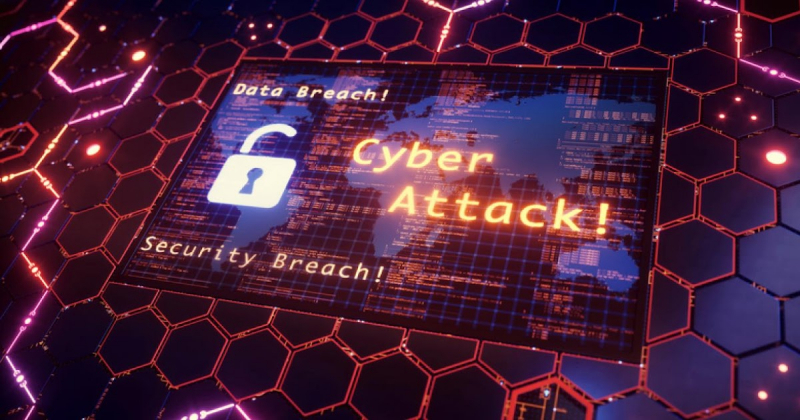
https://www.gobtech.co.in 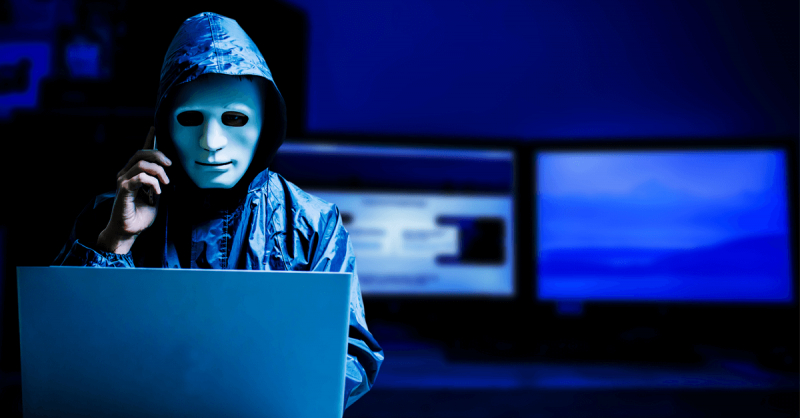
https://sennovate.com/ - Year: 1990
-
In 1999, NASA systems had to be taken down for 21 days because of what at first seemed to be a significant coordinated attack on national security. The Marshall Space Flight Center in Alabama's living quarters temperature and humidity controls were among the 13 systems that were affected. The total cost of the damages, including personnel and equipment, came to more over $41,000.
Around the same time, a simultaneous attack on the Defense Threat Reduction Agency was perpetrated by the same hacker, also known online as "c0mrade." By exploiting the usernames and passwords of 19 personnel, which they were able to breach, they were able to access 10 military systems.
It all appeared to be a serious foreign army attacking the US, but it was actually just an adolescent who was bored. Jonathan James was only 15 years old when he was apprehended and sent to an Alabama prison for the assault. He may have been the youngest hacker to carry out such a high-profile attack, which immediately made him well-liked in the young black-hat hacker community.
- Year: 1999
- Damage: over $41,000
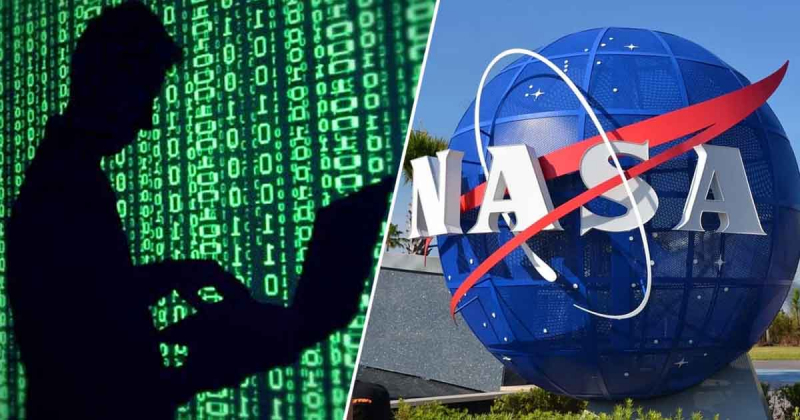
https://www.globalvillagespace.com/ 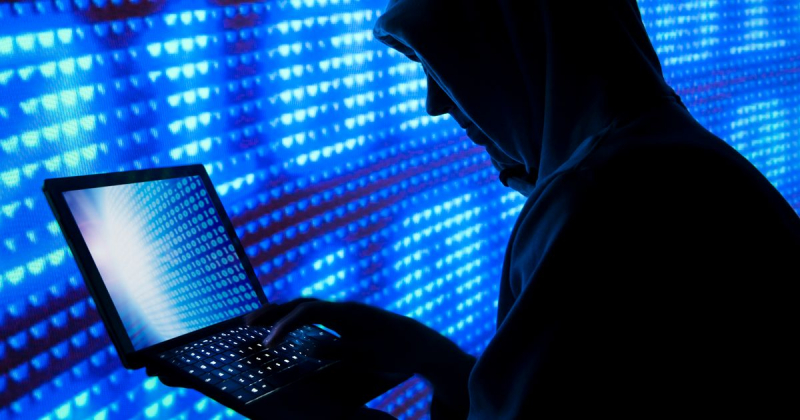
https://www.mirror.co.uk - Year: 1999
-
Although this isn't about it, people don't really know what the Church of Scientology is or does. Instead, Toplist is here to concentrate on their cybersecurity system, which was gravely jeopardized in 2008 by a newly formed hacker collective known as Anonymous. It was in response to what they referred to as censorship after the church removed one of their films about Tom Cruise.
L. Ron Hubbard developed Scientology, which millions of people all over the world practice and spread with a strong sense of belief. "The study and handling of the spirit in connection to itself, others, and all of life," is how Scientology defines itself. Tom Cruise and John Travolta are two of its most well-known adherents.
In retribution, hackers from all around the world launched a concerted effort to knock down websites associated with the church. They also used various partial-digital, partial-physical disruption techniques, like flooding their office fax machines with messages. It wasn't particularly harmful or significant, but it was the first attack by Anonymous that garnered international attention. Denial-of-service assaults, which are still a common and widely-used tactic by hackers today, made up the majority of the actual hack.
- Year: 2008
- Damage: cybersecurity system was gravely jeopardized
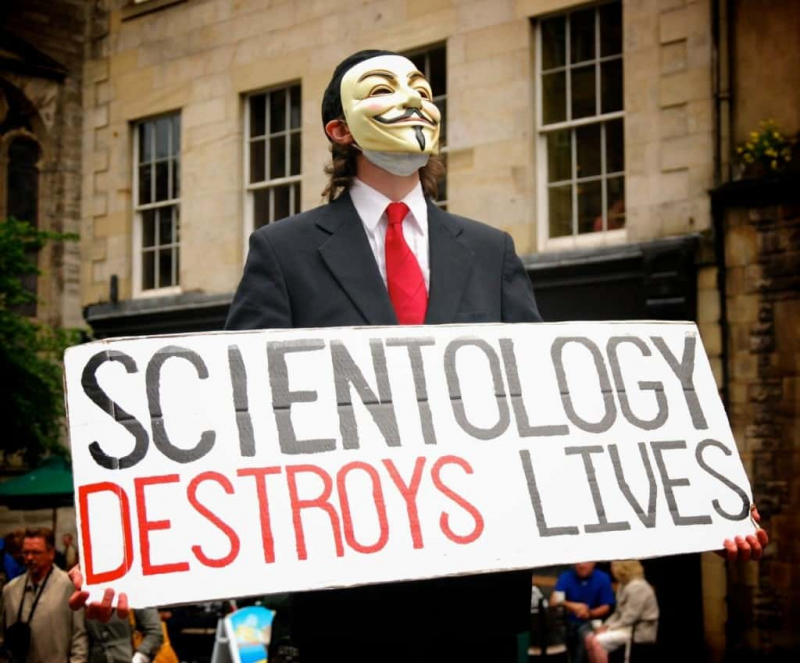
https://www.lolwot.com/ 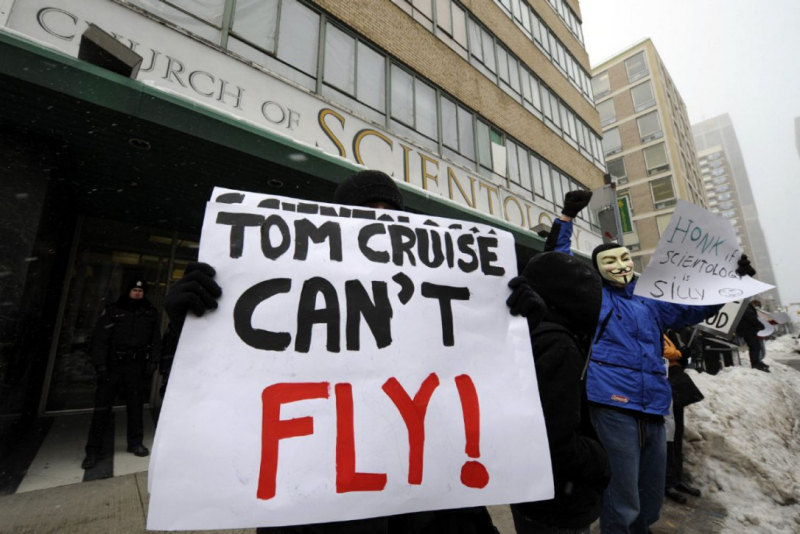
http://cybersecuritydegrees.com/ - Year: 2008












